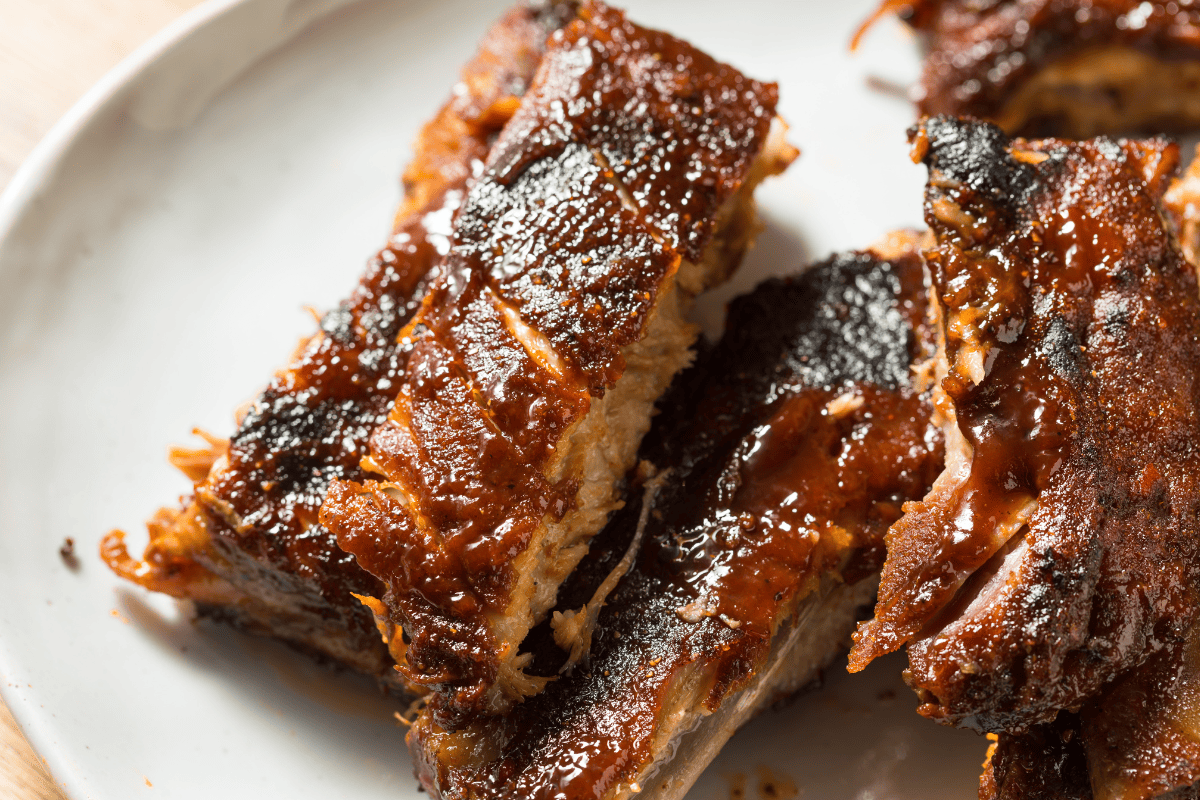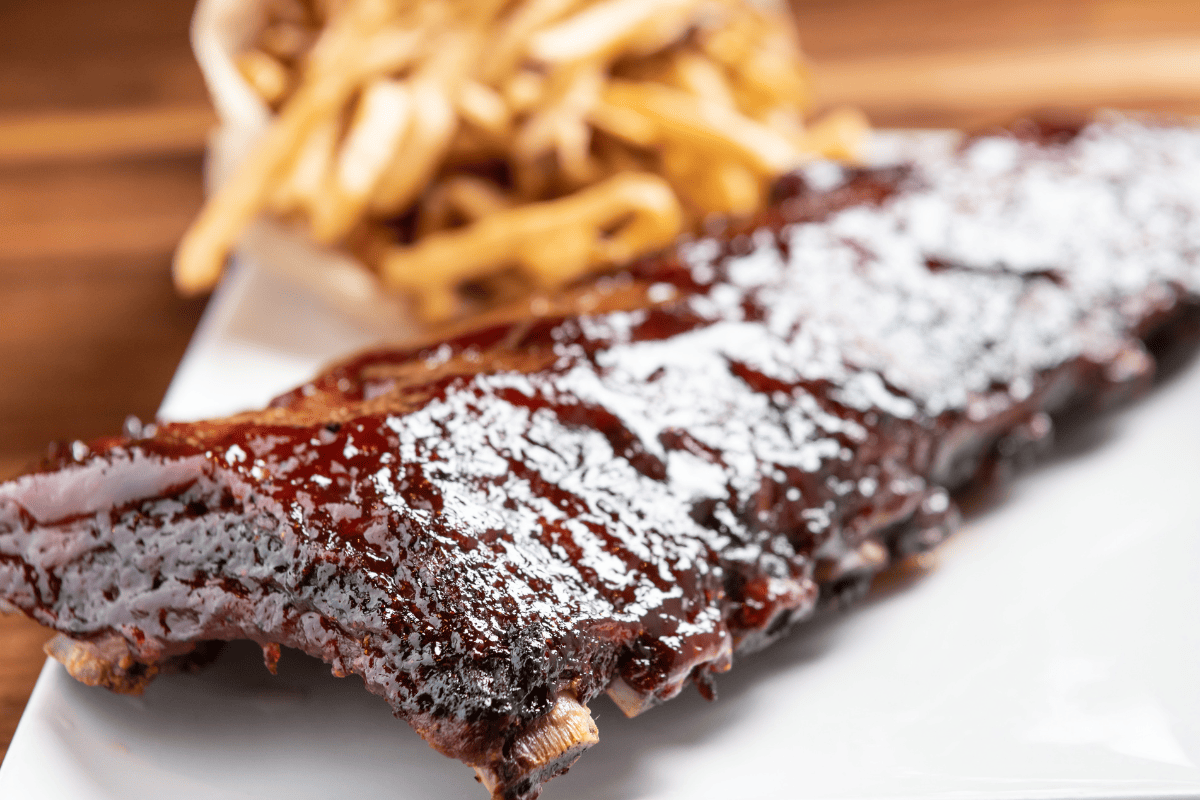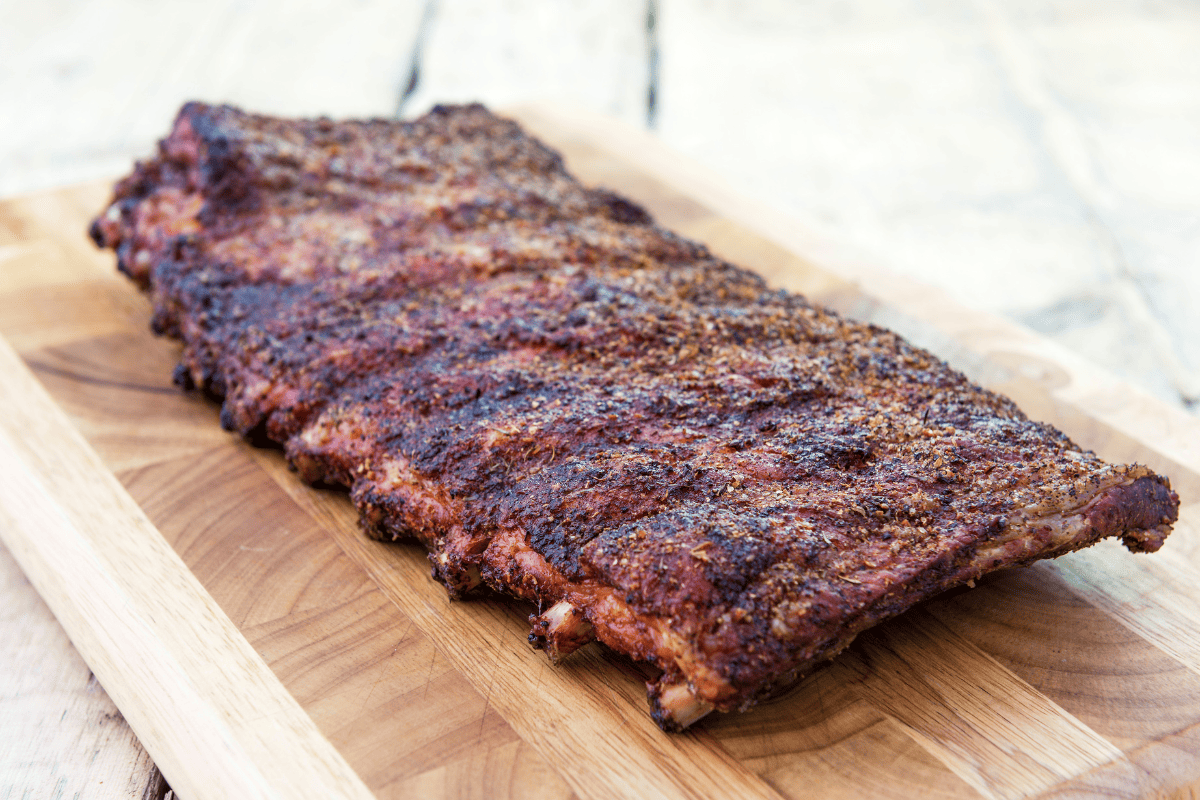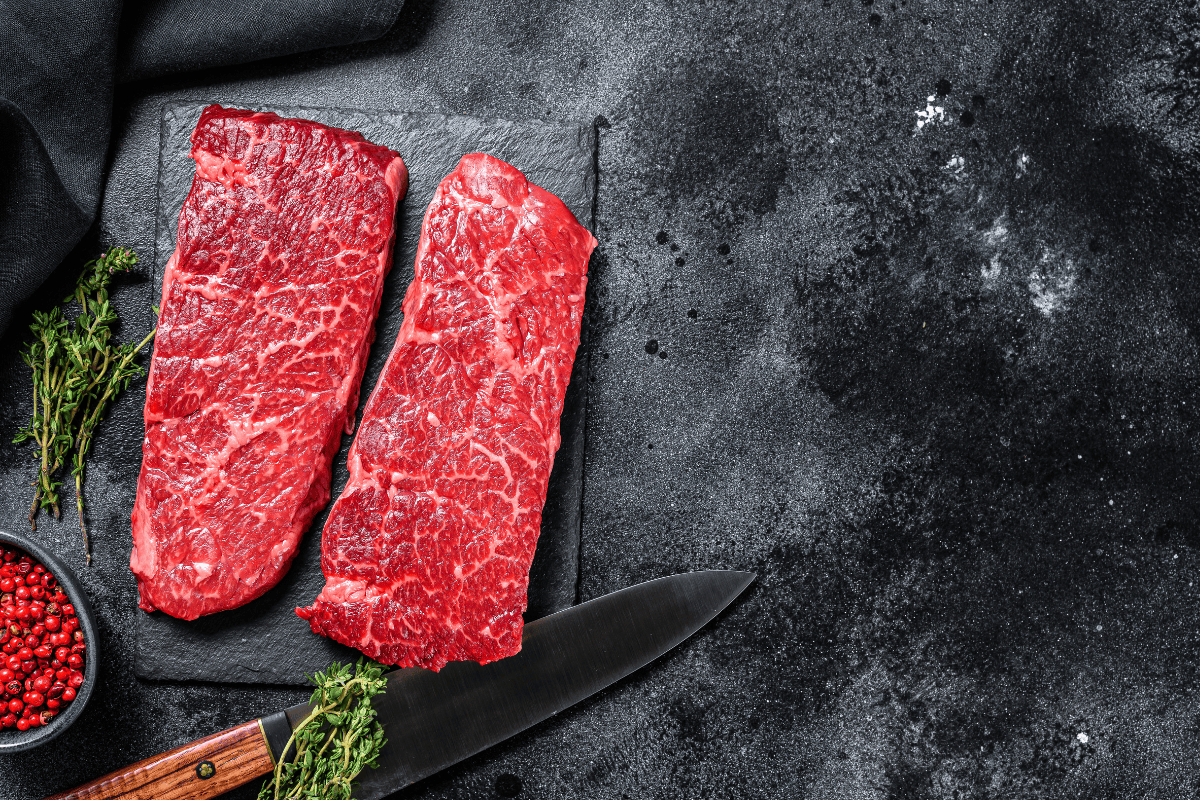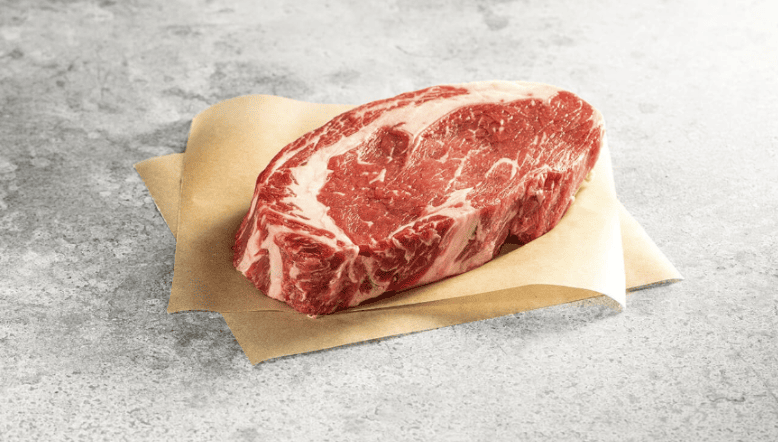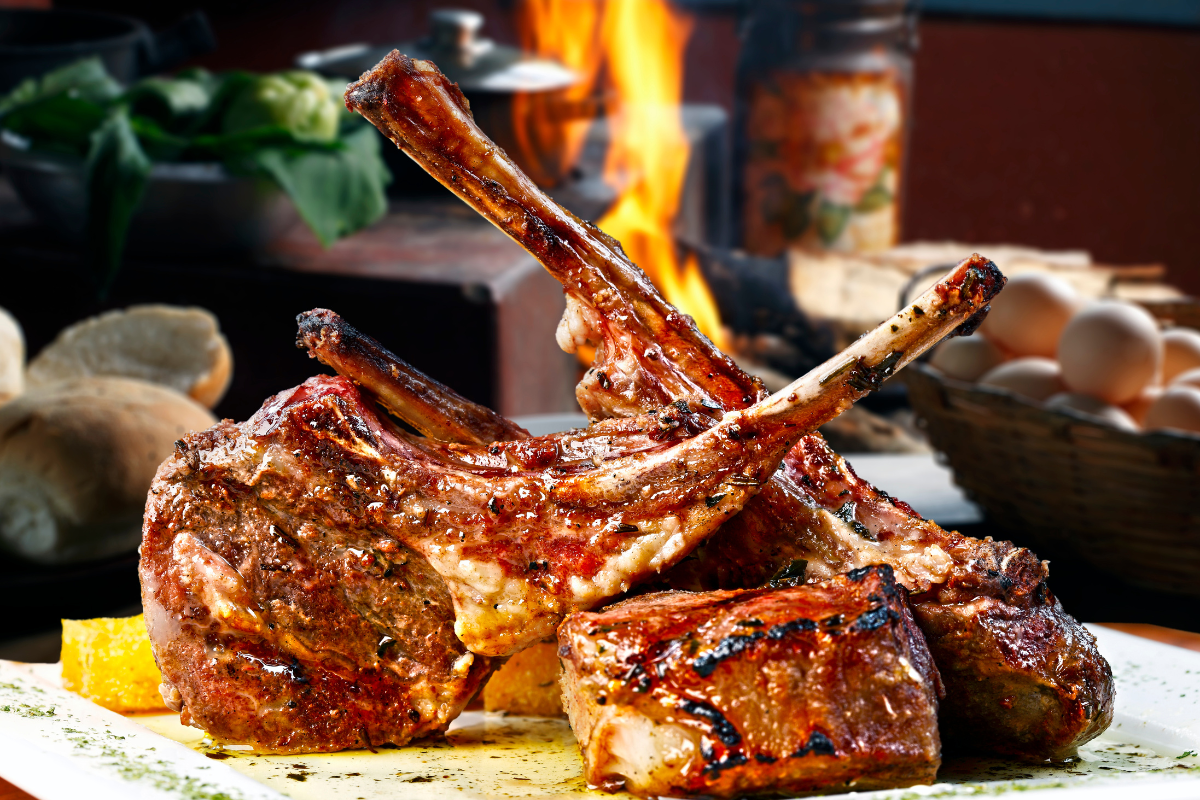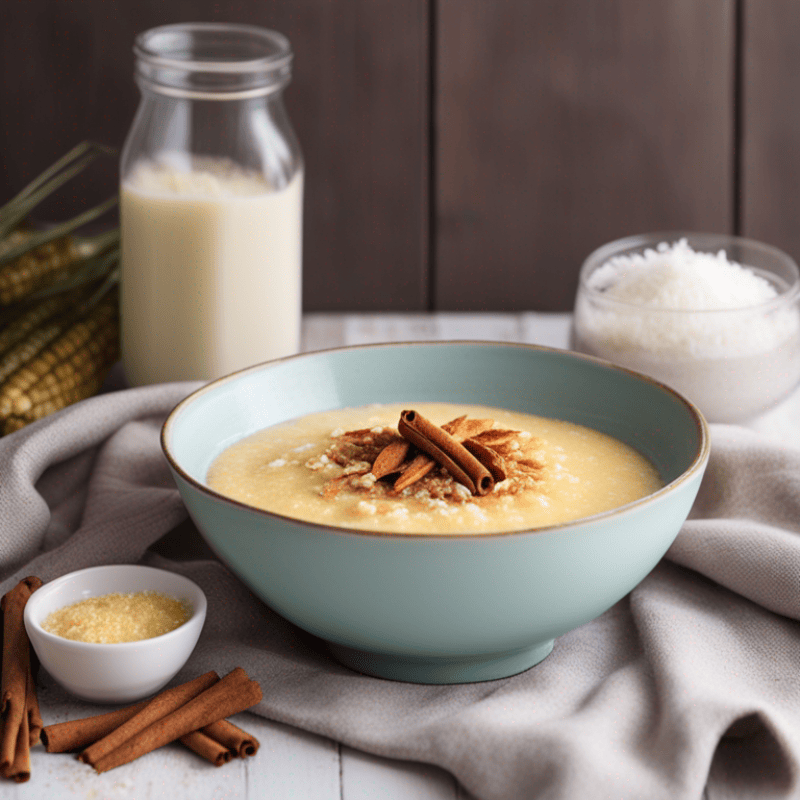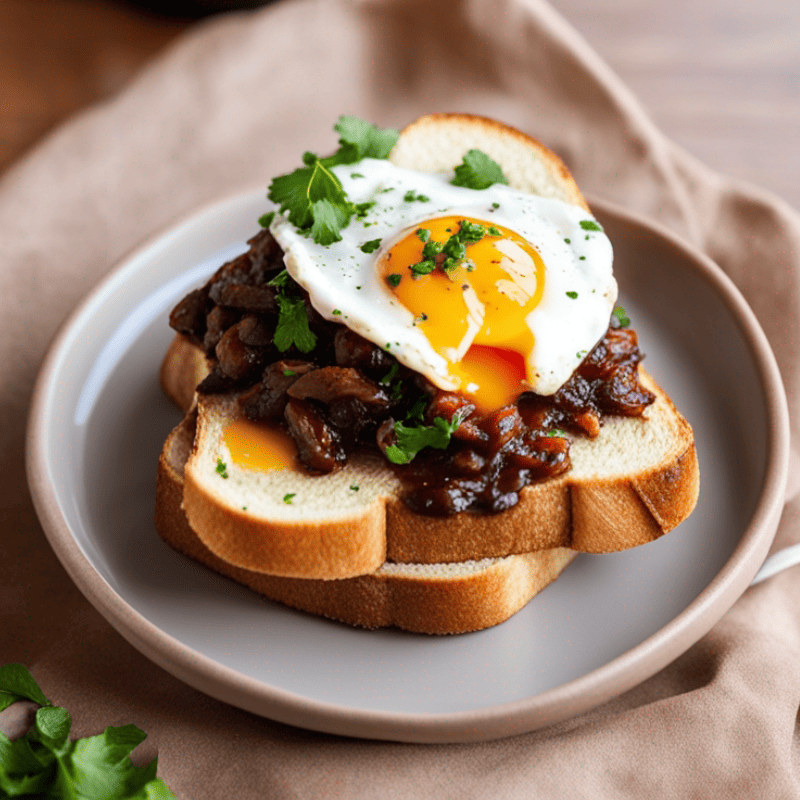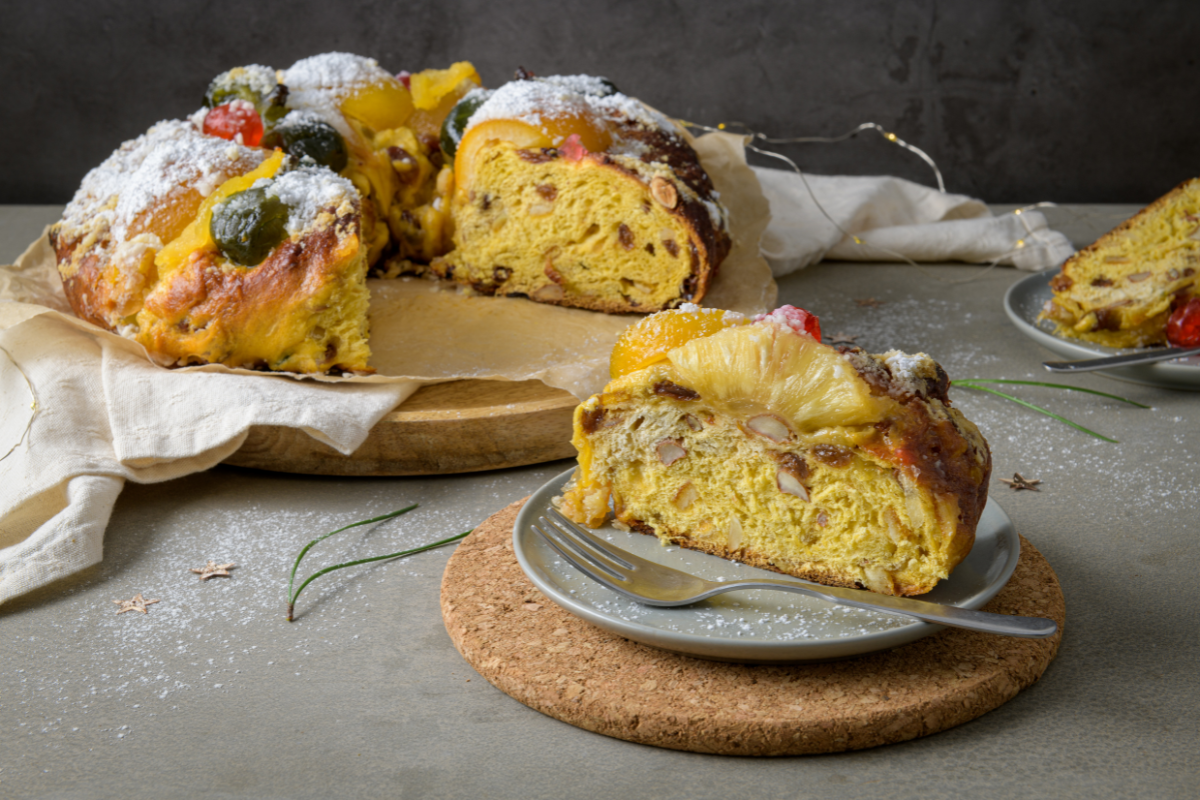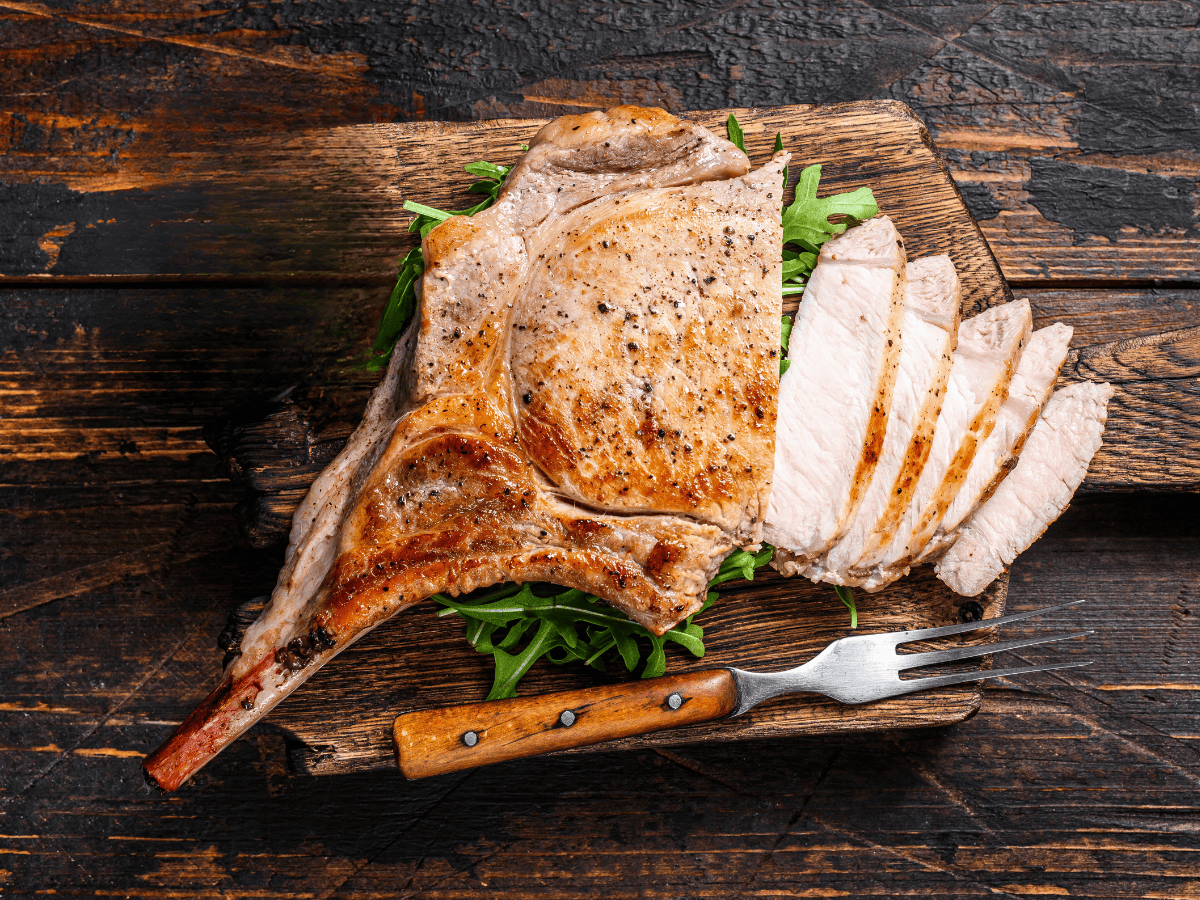
The tomahawk pork chop is a remarkable delicacy, boasting both impressive presentation and succulent flavor. But what exactly sets this cut apart from the rest? Is it any different from a boneless porkchop? Let us teach you more about this rare cut of pork and how to cook it perfectly every time.
What Cut Of Meat Is A Tomahawk Pork Chop?
The tomahawk pork chop is derived from the loin section of the pig, specifically from the rib area. It is easily recognizable by several inches of frenched bone poking out. “Frenched” simply means the bone has been cleaned of excess cartilage, fat, and meat. The exposed bone serves an aesthetic and practical purpose: it is impressive to look at and also acts as a convenient handle for flipping in the pan or on the grill.

Why Is It Called “Tomahawk” Pork Chop?
The name “tomahawk” is a nod to its resemblance to the traditional Algonquian weapon, which is a long-handled ax used as both a tool and a weapon. The term has been adopted in the culinary world to describe cuts of meat that include an elongated bone, including the tomahawk pork chop and tomahawk ribeyes.
Are Tomahawk Pork Chops A Good Cut Of Meat?
Absolutely. The tomahawk pork chop doesn’t get as much press as its beef cousin, but it should! The internal bone lends an earthy succulence to an already flavorful cut of meat while also allowing for more even cooking and enhanced tenderness.
Should You Marinate A Tomahawk Pork Chop?
Honestly, you really don’t need to. This cut of meat is plenty tender without a marinade, and you risk overshadowing the milder pork flavor with too many seasonings. A little salt and pepper and a hit of smoke from the grill is all you need for a perfect tomahawk pork chop.
That being said, a little boost of flavor from a glaze or dipping sauce never hurt anyone. Pork is famous for pairing well with apples, so we like to baste our finished chops with a fresh, sweet glaze made from apple juice (see below).
Tips For Cooking the Perfect Tomahawk Pork Chop
Preparation
Allow the pork chop to come to room temperature before cooking. This ensures even cooking throughout.
Seasoning
Use a fairly generous amount of salt and black pepper–more than you think you should (unless you are on a low sodium diet, of course). This is a larger cut of meat, remember.
Grilling
Unlike many cuts of beef, which do best with a quick, high sear, you want to cook your pork chops over medium heat. Pork needs to be ten degrees hotter than beef to achieve medium rare doneness, so you’ll need to cook it slightly longer. Medium heat will ensure you do not burn/overcook the meat.
Resting
Once the tomahawk pork chop has reached an internal temperature of 145°F (63°C), let the meat rest for ten minutes.
Serving
A single tomahawk pork chop can weigh up to 16 oz, which is more than enough to share (though you may not want to). If you want to slice into the chop to serve it, slice against the grain as you would with beef.
Grilled Tomahawk Pork Chop With Apple Juice Glaze
Ingredients
2 tomahawk pork chops, 14 oz each
One tbsp unsalted butter
One tbsp extra virgin olive oil
1 clove garlic, minced
1/2 shallot, minced
1/2 tsp fresh rosemary, chopped
1 tsp fresh thyme leaves
2 tsp dijon mustard
2/3 cup apple juice
1 teaspoon kosher salt
Freshly ground black pepper
Instructions
Preheat the Grill
Preheat your grill to medium heat, around 350°F. Make sure the grill grates are clean and lightly oiled to prevent sticking.
Season And Cook
Season the pork chops liberally with salt and freshly ground black pepper. Place them on the grill over direct heat. Sear for around 5-7 minutes per side, checking frequently with a thermometer to test for doneness.
Rest The Pork Chops
Once the tomahawk pork chops are at 140 to 145 degrees fahrenheit (medium rare), transfer them to a plate or cutting board to rest.
Make the Glaze
While the pork rests, make the glaze.
- Heat a small saucepan over medium heat. Melt a tablespoon of unsalted butter and add in the tablespoon of extra virgin olive oil.
- Add in the minced shallot and cook for 1-2 minutes, until softened.
- Add in the garlic and cook for a further 30 seconds.
- Stir in the minced herbs and dijon mustard, then pour in the apple juice.
- Bring the mixture to a boil then reduce heat to medium. Simmer until it is thickened and syrupy (about 5-10 minutes).
Serve
Slice each grilled tomahawk pork chop against the grain into thick, juicy slices and ladle a generous spoonful of your glaze over the top.
What To Serve With Grilled Tomahawk Pork Chops
Your tomahawk pork chop will pair beautifully with classic steakhouse sides, like mashed potatoes, crispy Brussels sprouts, or roasted asparagus. For a little change of pace, you could try the following sides for a Brazilian spin:
- Couve Mineira (Brazilian Collards)
- Brazilian Rice
- Burgundy Mushrooms
- Braised Leeks With Balsamic Reduction
Where Do You Buy A Tomahawk Pork Chop?
This is a rare cut that is often difficult to find outside of specialty butcher shops. You can order them conveniently online from the Texas de Brazil butcher shop, which will send them wrapped and prepped right to your door. Don’t forget to add in a few other choice cuts of meat, like our Australian rack of lamb, spicy picanha, and bone-in filet mignon.


